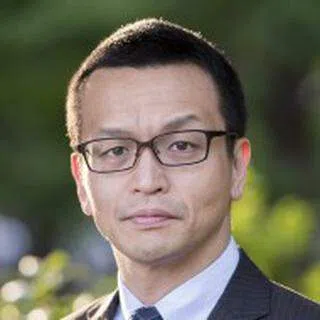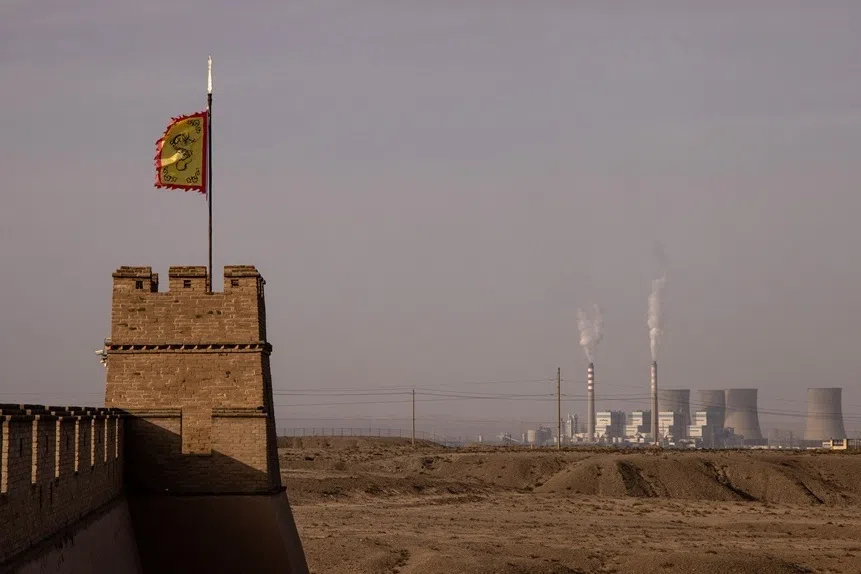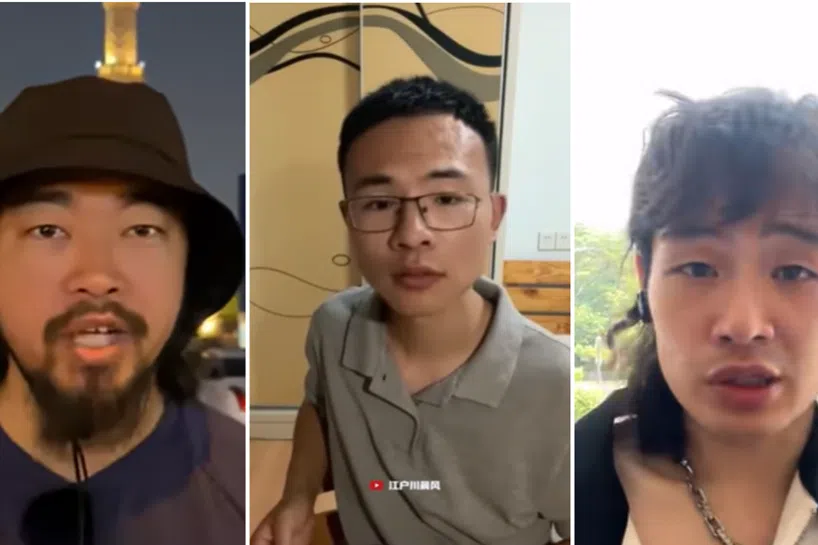Kim Jong Un is promoting tourism, but who are the tourists?
Japanese academic Atsuhito Isozaki notes that Kim Jong Un is promoting tourism for revenue, but attracting big spenders from China may be challenging, and most North Koreans lack funds for domestic tourism.
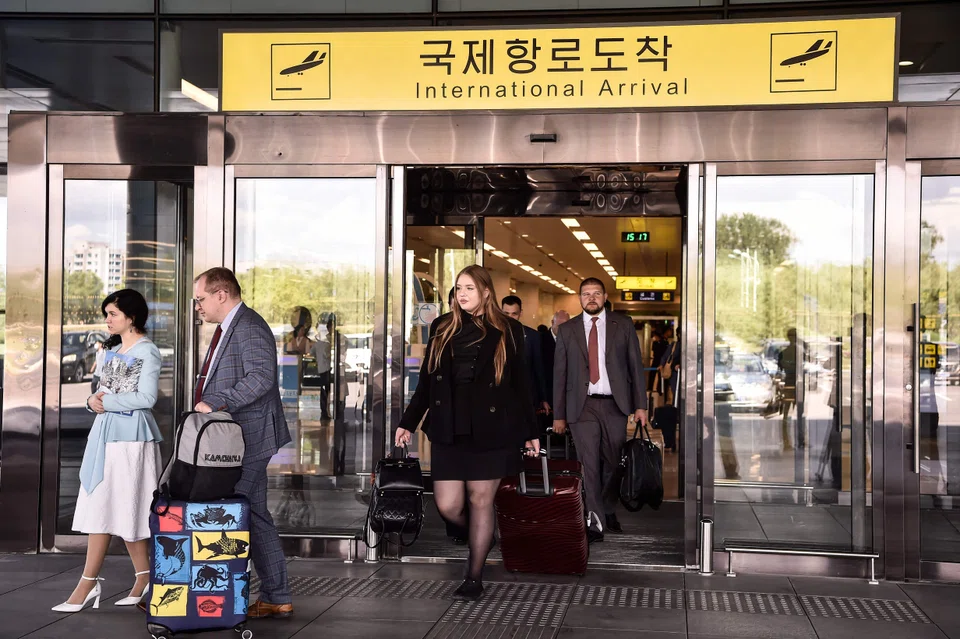
Since the time of Kim Il-sung, North Korea has placed importance on inbound tourism for propaganda and foreign exchange. Before the Covid-19 pandemic, the country received as many as 200,000 Chinese tourists annually and also issued visas to American and Japanese citizens. Tourism is exempt from United Nations Security Council sanctions and remains a legal source of foreign exchange for the Kim Jong Un administration.
President of the State Affairs Commission Kim Jong Un previously studied in Switzerland and is probably aware of the importance of inbound tourism. In 2014, he opened the Pyongyang College of Tourism, and tourism departments have been successively established in local universities.
Kim’s commitment to tourism
North Korea has not yet fully resumed accepting foreign tourists, but it is worth noting that Kim Jong Un himself announced an “inbound tourism revitalisation” in July of this year. He visited Samjiyon at the foot of Mount Paektu (also known as Mount Changbai in China) and gave detailed instructions for the construction of hotels, airports, roads and tourist railways.
Furthermore, he was furious that his previous inspection instructions had been ignored, severely reprimanding the relevant ministers and operational staff. He demanded their transfer to legal authorities for further action, highlighting his commitment to tourism development. This project is also a key component of the regional development measures he has been advocating since the beginning of the year.
This huge tourist development includes a 30-storey hotel, a water park and an airport. The question remains: who is this massive tourist project intended for?
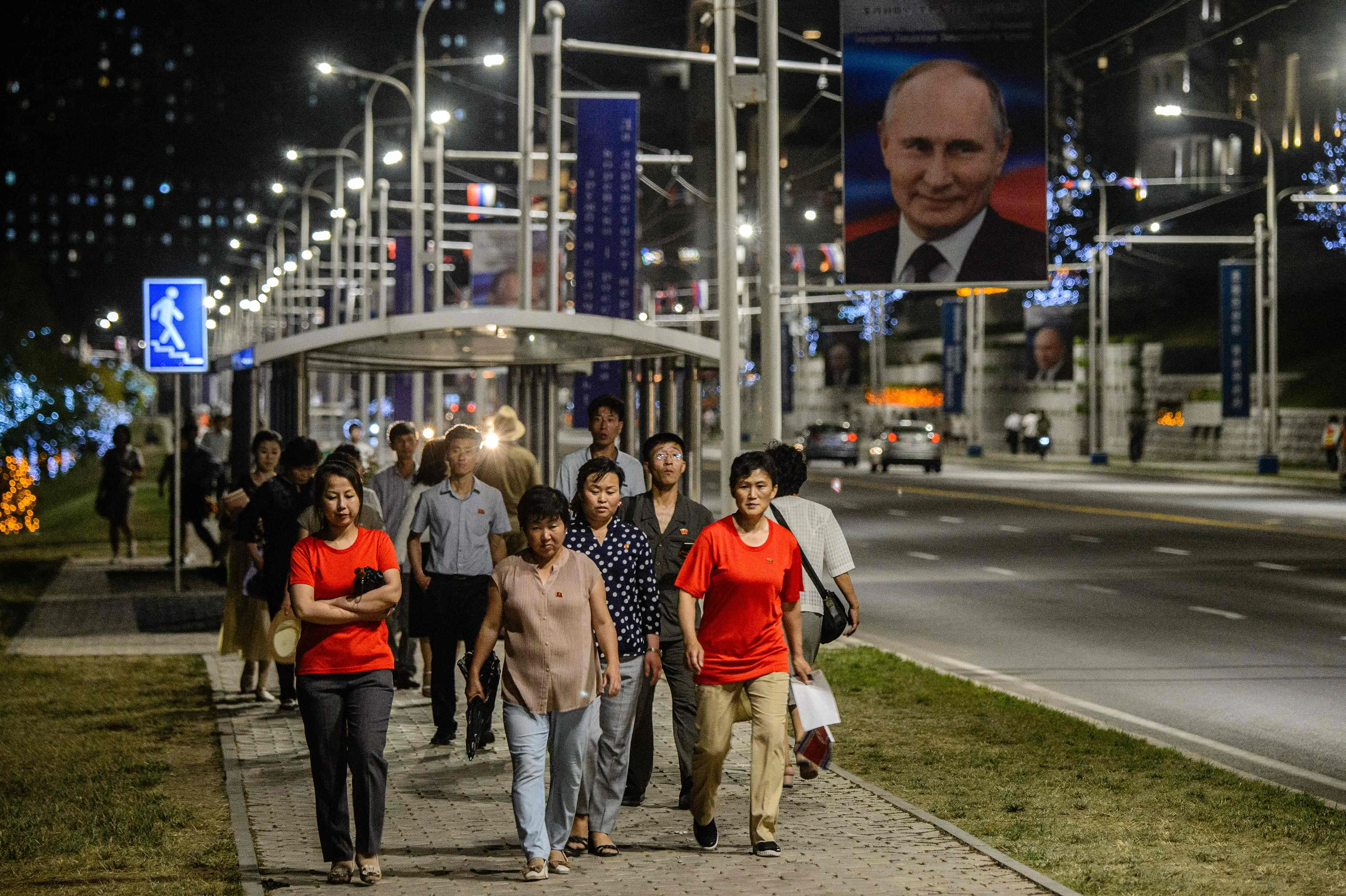
A few days later, he visited the coastal tourist resort under construction in Wonsan on the Sea of Japan, set to open in May next year. Wonsan is considered the birthplace of Kim Jong Un, and he was so committed to the resort that he visited the area in May, August and November 2018, and again in April 2019.
It was originally targeted to open on the anniversary of the founding of the Workers’ Party of Korea in October 2019, but due to construction delays, the government ordered the resort to be “perfectly completed” in time for Kim Il-sung’s birthday in April 2020. However, it was further delayed due to subsequent Covid-19 countermeasures. This huge tourist development includes a 30-storey hotel, a water park and an airport. The question remains: who is this massive tourist project intended for?
Who are the tourists?
The days when Mount Kumgang and Kaesong were open to South Korean tourists are long gone, and South Korea is now the “number one enemy country”. South Korean President Yoon Suk-yeol has maintained a stance of not backing down from North Korea, and there is little hope of North-South relations improving.
North Korea’s borders have been closed for a long time, and it has been slowly transiting into living with Covid-19. Since February of this year, it has begun accepting tourists from Russia, but it has yet to welcome Chinese tourists, who are the biggest spenders.
Moreover, the Chinese government is uncomfortable with its citizens spending money in North Korean casinos, so even if North Korea reopens its doors to Chinese people, China may impose restrictions.
Despite this year being the “Year of Friendship” marking the 75th anniversary of diplomatic relations, China and North Korea appear distant, in stark contrast to the warm ties between Russia and North Korea.
Kim Jong Un has met Russian President Vladimir Putin multiple times, but has not met with President Xi Jinping in more than five years, so the relationship does not appear to be a “blood alliance”. Moreover, the Chinese government is uncomfortable with its citizens spending money in North Korean casinos, so even if North Korea reopens its doors to Chinese people, China may impose restrictions.
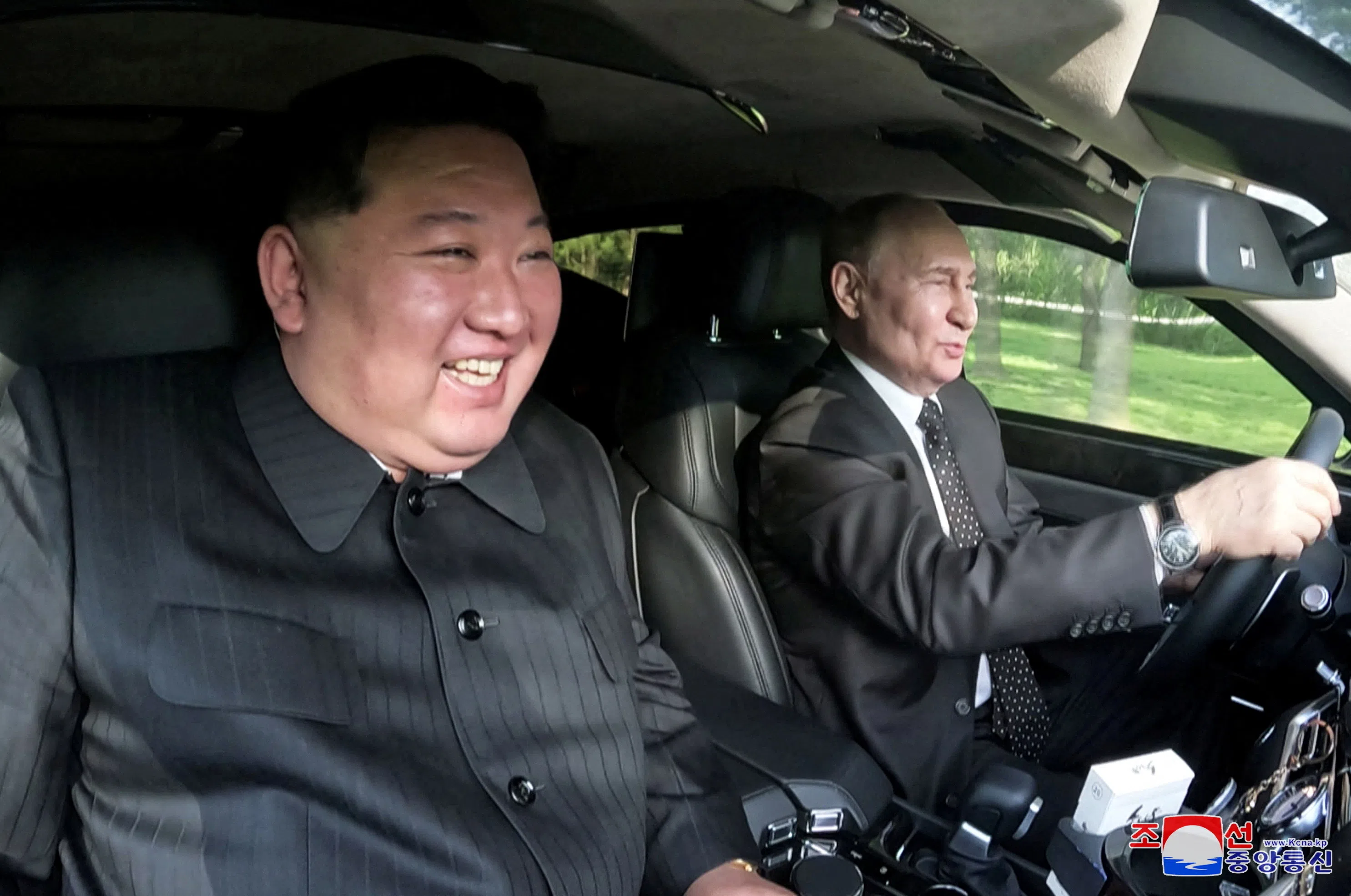
If so, Russian tourists will be the favourites, but it is unclear whether they will be attracted to North Korea’s ski resorts and beach resorts. At the Russia-North Korea summit in June, an agreement was reached on the redevelopment of the border railway between both countries, but it will take time for it to function as a main artery.
Korean residents in Japan affiliated with the General Association of Korean Residents in Japan, which supports North Korea, will be able to travel to Pyongyang starting this summer, but due to strict economic sanctions imposed by the Japanese government, it will not bring in much money for North Korea.
At these facilities, one can see North Korea’s nouveau riche families enjoying themselves, and feel the widening gap in the country.
Another likely target is domestic tourists. In October 2018, the General Association of Korean Residents in Japan’s newspaper, Chosun Shinbo, reported on the popularity of one-day tours in Pyongyang. The article noted that local visitors coming to the city for business often take the opportunity to explore and sightsee.
Most North Koreans do not have the spare finances to “sightsee”. However, a very small number of wealthy people have emerged, not only in Pyongyang but also in regional cities. The government may be leveraging sightseeing spots as a way to tap into the wealth of these affluent citizens.
Since the beginning of the Kim Jong Un era, Pyongyang has seen the opening of high-end restaurants, heated swimming pools, saunas, horseback riding clubs, indoor shooting ranges and more. At these facilities, one can see North Korea’s nouveau riche families enjoying themselves, and feel the widening gap in the country.
North Korea is investing heavily in projects personally directed and planned by the supreme leader. For its neighbours, a North Korea focused on tourism development would be far more welcome than one preoccupied with missile tests.
